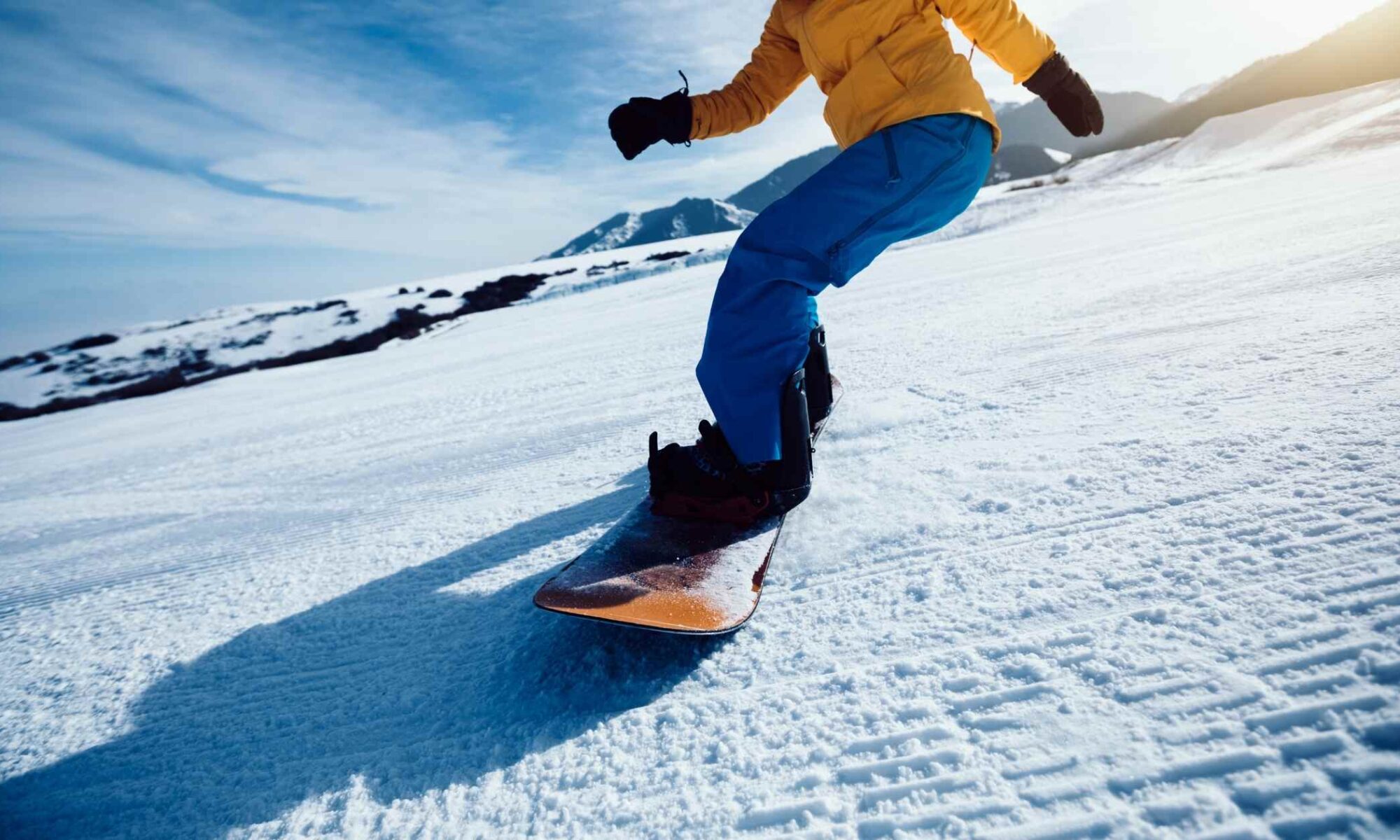
What You Need to Know about Snowboarding Injuries
One of the joys of winter is getting to hit the slopes! North America receives millions upon millions of visitors to ski areas annually, many of whom are dedication snowboarders. While we all love hitting the slopes and feeling the bite of the chilly winter air, we are also at risk of receiving snowboarding injuries.
The Canadian Pediatric Society reported 62,000 snowboarding injuries treated in US emergency departments in 2002, contributing 25% of the nonfatal outdoor recreational injuries requiring emergency care. Fortunately, according to the Journal of Science and Medicine in Sport, there has been a decrease in snowsport injuries from 2008 to 2018. When looking at all of those injuries, a few stand out as the most common.
What are Common Snowboarding Injuries?
The most common snowboarding injuries are to the wrists and head. Many of these injuries are sustained from falling, colliding with others, colliding with stationary objects, improperly executed tricks, lift accidents, or snowboarding on dangerous terrain. Of the recorded sustained injuries, those who most commonly receive such injuries are youth and males.
How Can I Protect Myself Against Snowboarding Injuries?
There are actions that you can take to reduce your risk of sustaining a snowboarding injury. These actions include:
Use of Safety Equipment
The use of safety equipment such as helmets, wrist guards, elbow pads, and knee pads are credited with significantly decreasing snowboarding injuries over the past decade. The use of safety equipment could be the difference between a bump on the head and a traumatic brain injury.
Proper Equipment Use
Ensure that your equipment is functioning at top performance. If you have or feel an equipment failure, make sure to stop and get it repaired before continuing.
Appropriate Terrain Choices
Never snowboard in terrain above your skill level. In addition, do not snowboard in dangerous terrains.
Performance Checks
Check in with yourself regularly. If you are feeling dehydrated, hungry, or tired, take a break. Most injuries occur when the individual is feeling physical strain and refuses to stop.
Awareness of Your Circumstances
Be aware of yourself, your surroundings, and your environment. Also, research weather conditions, understand trail warnings, and educate yourself on the area before exploring. Notice your course trajectory and the courses of others to minimize collisions.
What Do I Do if I Have Been Injured Snowboarding?
If you have received a traumatic snowboarding injury, you should seek emergency medical attention right away. After, you may discover that you need additional assistance with your injury. At Performance OSM, our orthopaedic specialists are highly experienced in treating sports injuries. Whether you need therapy, surgery, or a steroid shot, we are here to guide you back to a healthy and pain-free life.
Give us a call or request an appointment today to consult your injury. We will design a treatment plan to get you back on the slopes in no time!
